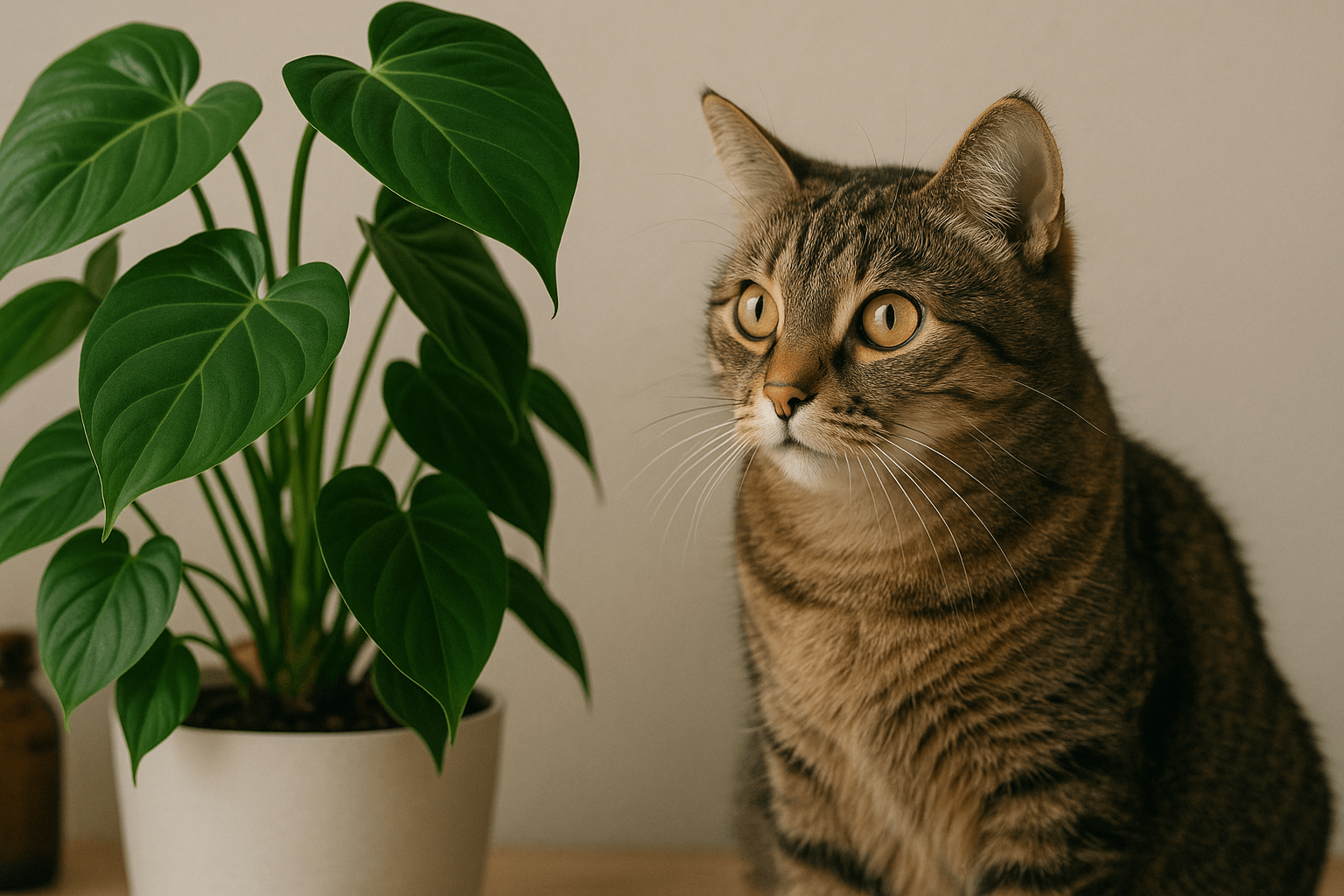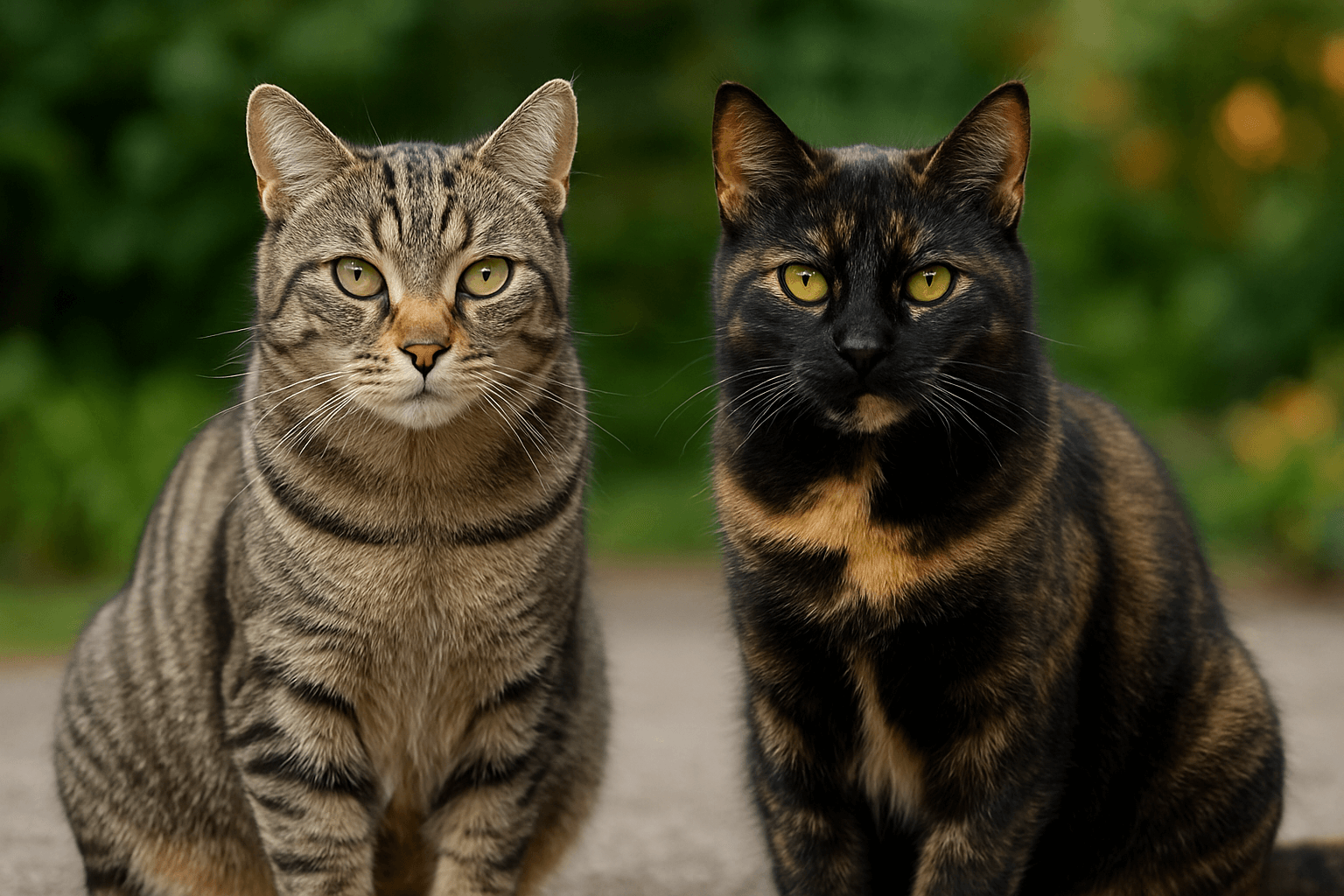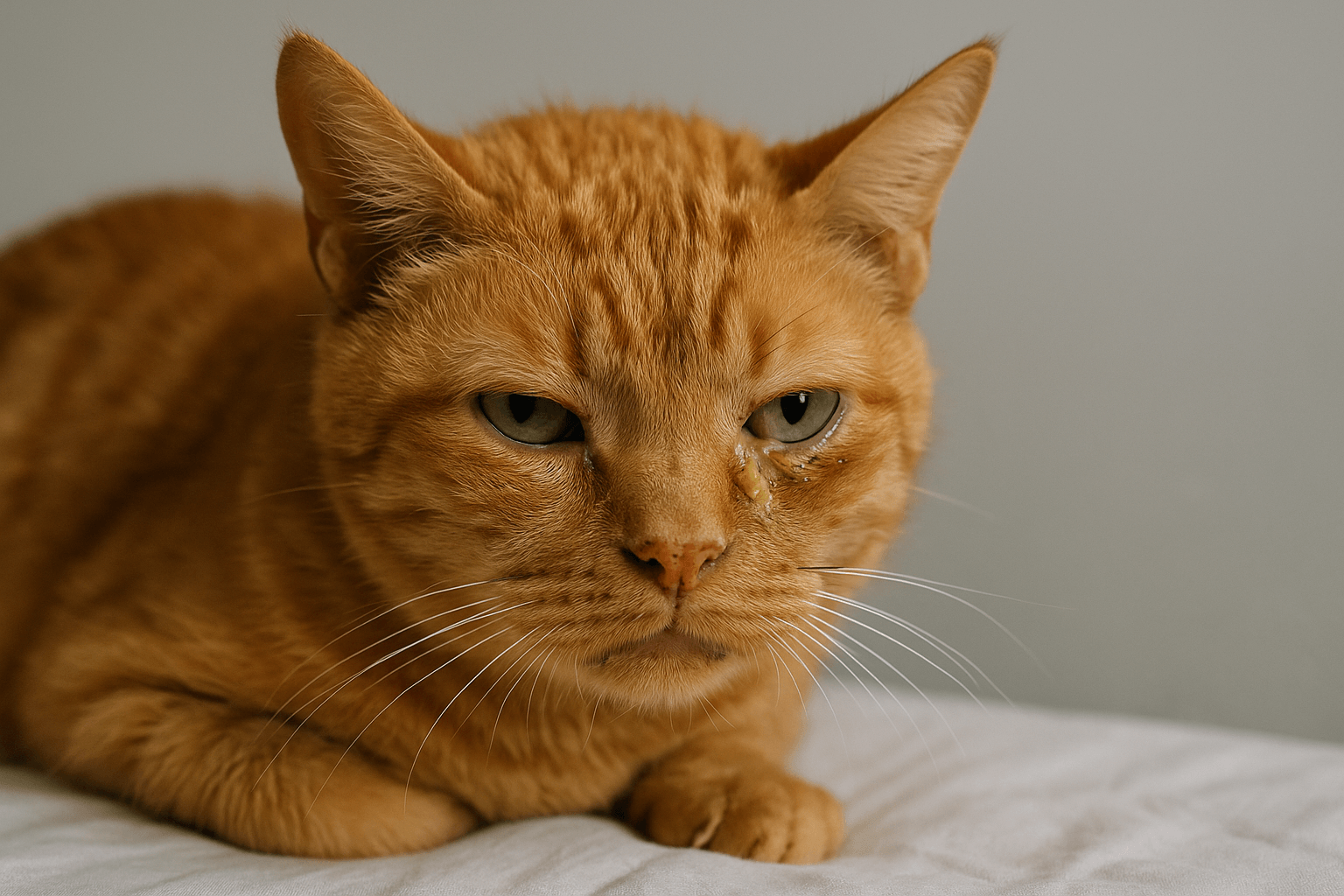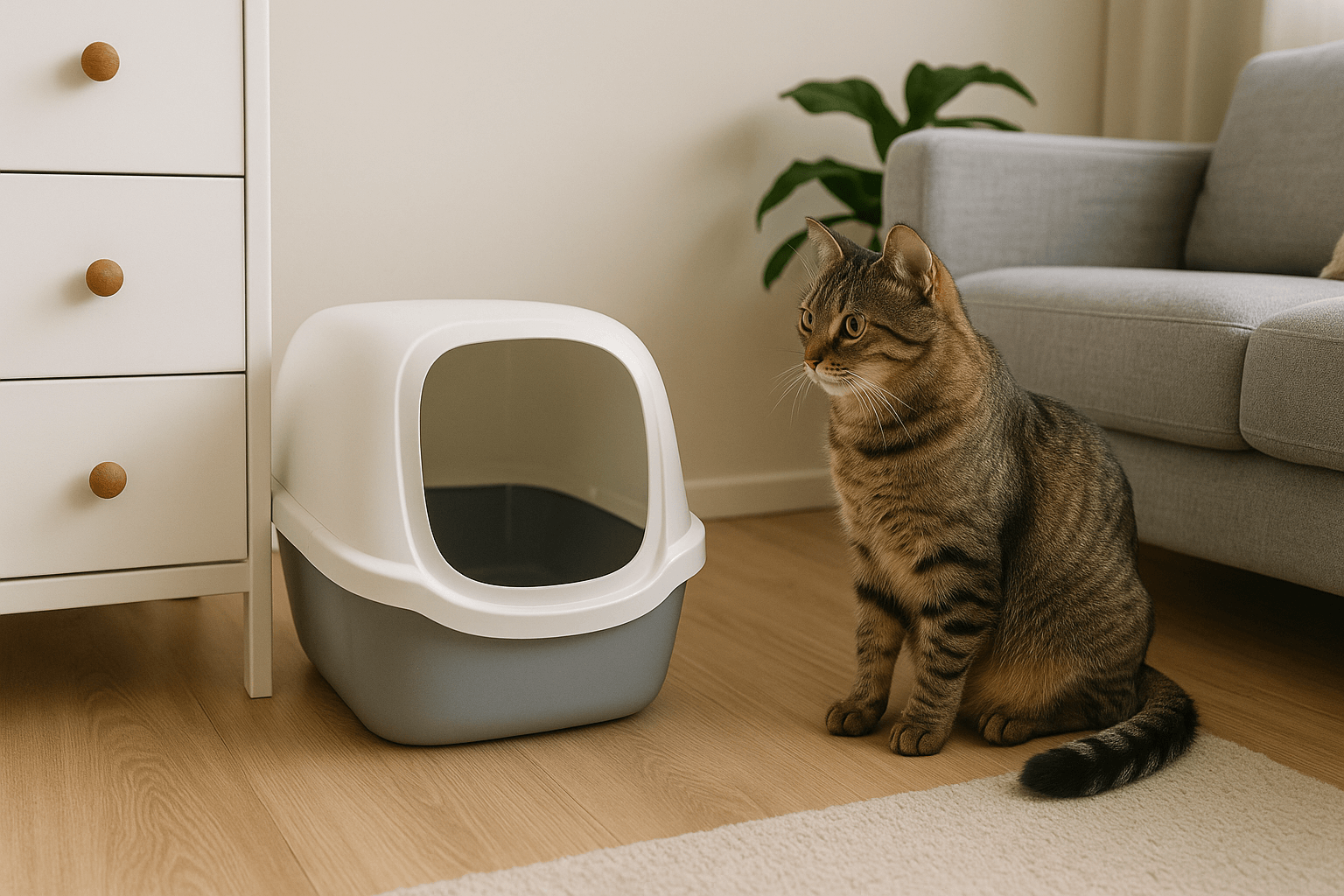Are Philodendrons Toxic to Cats?
Philodendrons are popular houseplants known for their lush foliage and low maintenance. However, if you’re a cat owner, it’s crucial to understand the potential risks these plants pose to your furry friend. While philodendrons add beauty to any space, they contain compounds that can be harmful to cats if ingested. This blog post explores the toxicity of philodendrons, symptoms to watch for, and how to keep your pets safe while enjoying indoor greenery. Whether you’re a plant enthusiast or a concerned pet parent, this guide will provide the information you need to create a harmonious home for both your plants and your cat.
Why Are Philodendrons Toxic to Cats?
Philodendrons contain calcium oxalate crystals, which are the primary cause of their toxicity. When ingested, these needle-like crystals can irritate a cat’s mouth, throat, and digestive system. Understanding the compounds involved helps explain why philodendrons are dangerous to curious felines.
Calcium Oxalate Crystals:
These sharp, microscopic crystals penetrate soft tissues, causing pain and swelling in the mouth and throat.Irritation of Mucous Membranes:
The crystals irritate the sensitive mucous membranes, leading to drooling, difficulty swallowing, and discomfort.Gastrointestinal Distress:
Ingestion can result in vomiting, diarrhea, and abdominal pain as the body attempts to expel the toxic substance.Severity Depends on Quantity Consumed:
Small nibbles may cause mild symptoms, but larger amounts can lead to more severe reactions requiring veterinary attention.Not All Parts Are Equally Toxic:
While all parts of the philodendron contain calcium oxalate, the leaves and stems are particularly concentrated with the compound.
Understanding these factors highlights the importance of keeping philodendrons out of reach to protect your cat’s health.
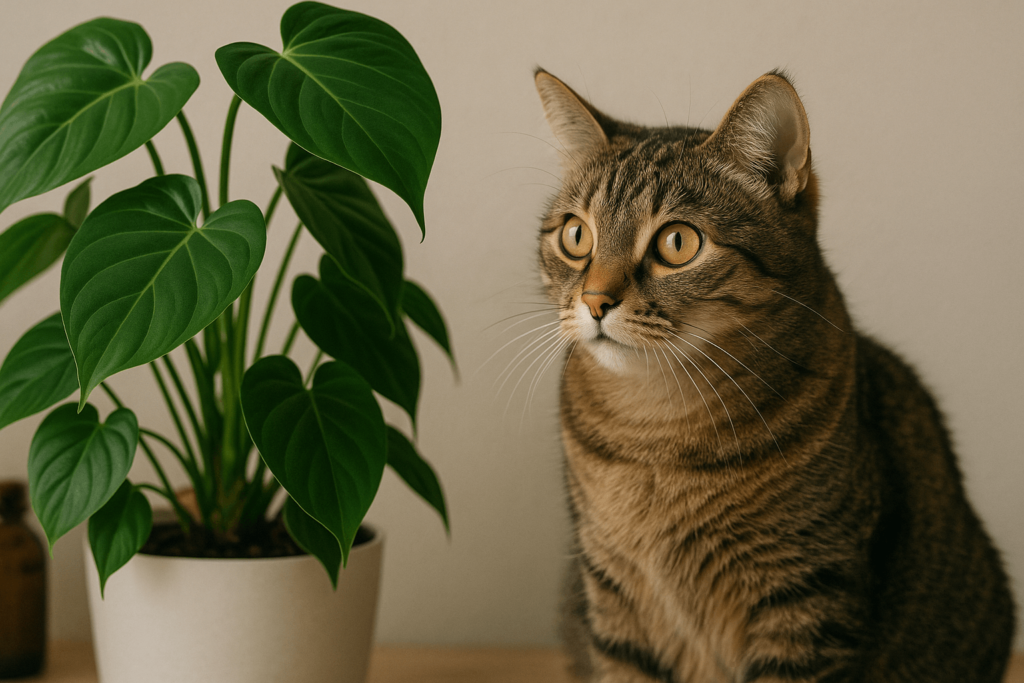
Symptoms of Philodendron Poisoning in Cats
If your cat has ingested part of a philodendron, recognizing the symptoms early can make a significant difference in their recovery. Here are the signs to look out for if you suspect poisoning.
Excessive Drooling:
Irritation in the mouth often causes cats to drool excessively as their bodies attempt to soothe the discomfort.Pawing at the Mouth:
Cats may paw at their face or mouth in response to the burning sensation caused by calcium oxalate crystals.Difficulty Swallowing:
Swelling in the throat can make it hard for your cat to swallow food or water, leading to dehydration.Vomiting or Diarrhea:
Gastrointestinal upset is common after ingestion, signaling that the body is trying to rid itself of the toxin.Lethargy or Weakness:
Severe cases may result in fatigue or weakness, indicating the need for immediate veterinary care.
Prompt recognition of these symptoms ensures timely treatment and minimizes the risk of complications.
Check this guide 👉Is Gladiolus Cat Safe? Best 7 Expert Tips!
Check this guide 👉Is the Corn Plant Cat Safe? Best 7 Health Tips!
Check this guide 👉Are Carnations Cat Safe? Best 7 Expert Tips!
Safe Alternatives to Philodendrons | Toxic Plants to Avoid Around Cats |
|---|---|
Spider Plant | Lilies |
Boston Fern | Aloe Vera |
African Violet | Pothos |
Parlor Palm | Dieffenbachia |
Calathea | Peace Lily |
How to Prevent Philodendron Poisoning in Cats
Prevention is key when it comes to protecting your cat from toxic plants like philodendrons. Taking proactive steps can ensure your home remains a safe environment for your feline companion.
Place Plants Out of Reach:
Position philodendrons on high shelves or in hanging baskets where cats cannot access them easily.Use Deterrent Sprays:
Apply pet-safe deterrent sprays to the leaves of your plants to discourage chewing or nibbling.Supervise Playtime Near Plants:
Keep an eye on your cat during play sessions to prevent accidental ingestion of plant material.Educate Yourself About Toxic Plants:
Familiarize yourself with other common household plants that are toxic to cats to avoid unintentional exposure.Provide Cat-Friendly Alternatives:
Offer safe, non-toxic plants or cat grass to satisfy your cat’s natural urge to chew on greenery.
By implementing these strategies, you can reduce the risk of philodendron poisoning and create a safer living space for your pet.
What to Do If Your Cat Eats a Philodendron
If you suspect your cat has ingested part of a philodendron, acting quickly is essential. Follow these steps to address the situation effectively and minimize harm.
Remove Any Plant Material from Their Mouth:
Gently check your cat’s mouth and remove any visible pieces of the plant to prevent further irritation.Rinse Their Mouth with Water:
Use a damp cloth or syringe (without a needle) to flush their mouth with water, soothing the irritated tissues.Monitor for Symptoms:
Watch closely for signs of poisoning, such as drooling, vomiting, or lethargy, over the next few hours.Contact Your Veterinarian:
Call your vet immediately for advice, even if symptoms seem mild, as professional guidance is critical.Do Not Induce Vomiting Without Instructions:
Never attempt to induce vomiting unless explicitly instructed by a veterinarian, as this can worsen the condition.
Swift action and professional support can help ensure your cat recovers fully from philodendron exposure.
Safe Practices for Plant-Loving Cat Owners
For cat owners who love plants, finding ways to coexist peacefully is essential. These practices can help you maintain a pet-friendly home without sacrificing your green thumb.
Choose Non-Toxic Plants:
Opt for cat-safe plants like spider plants or African violets to decorate your home without worry.Create Elevated Displays:
Use tall shelves or wall-mounted planters to display toxic plants safely out of your cat’s reach.Use Barriers Around Plants:
Place physical barriers, such as decorative fencing, around plants to deter curious cats.Train Your Cat to Avoid Plants:
Use positive reinforcement techniques to teach your cat to stay away from certain areas or plants.Regularly Check for Signs of Chewing:
Inspect your plants frequently for bite marks or damage, which indicate your cat’s interest in them.
With thoughtful planning, you can cultivate a thriving indoor garden while safeguarding your cat’s health.
Benefits of Cat-Safe Plants
Incorporating cat-safe plants into your home not only enhances its aesthetic appeal but also provides enrichment for your feline companion. Here are some benefits of choosing non-toxic options.
Encourages Natural Behavior:
Cat-safe plants allow your cat to explore and nibble on greenery without risking their health.Improves Air Quality Safely:
Many non-toxic plants purify the air, creating a healthier environment for both you and your pet.Reduces Stress for Cats:
The presence of safe plants can have a calming effect on cats, promoting relaxation and mental stimulation.Supports Digestive Health:
Certain plants, like cat grass, aid digestion and provide fiber to support your cat’s overall well-being.Strengthens the Human-Pet Bond:
Sharing a home filled with safe, enriching elements fosters a deeper connection between you and your cat.
Cat-safe plants offer numerous advantages, making them a win-win for plant enthusiasts and pet lovers alike.
Common Misconceptions About Plant Toxicity
Despite growing awareness, several misconceptions about plant toxicity persist among pet owners. Clearing up these myths can help you make better-informed decisions for your cat’s safety.
“All Houseplants Are Toxic to Cats”:
While many popular houseplants are toxic, plenty of non-toxic options exist, including spider plants and parlor palms.“Small Amounts Won’t Hurt My Cat”:
Even small ingestions can cause significant irritation or distress, depending on the plant and the individual cat.“Cats Know What’s Safe to Eat”:
Cats are naturally curious and may chew on plants indiscriminately, regardless of their toxicity.“Toxicity Only Happens with Large Quantities”:
Some plants, like lilies, are highly toxic even in tiny amounts, making prevention critical.“Indoor Cats Won’t Encounter Toxic Plants”:
Indoor cats are just as likely to encounter toxic plants if they’re present in the home.
Dispelling these misconceptions helps ensure a safer environment for your beloved feline companion.
Frequently Asked Questions About Philodendrons and Cats
Are all types of philodendrons toxic to cats?
Yes, all varieties of philodendrons contain calcium oxalate crystals and are considered toxic to cats.
Can my cat die from eating a philodendron?
While rare, severe cases of philodendron poisoning can be life-threatening without prompt veterinary care.
How long do symptoms take to appear?
Symptoms typically occur within minutes to hours after ingestion, depending on the amount consumed.
Is there an antidote for philodendron poisoning?
There is no specific antidote, but supportive treatments like fluids and medications can alleviate symptoms.
Can I grow philodendrons safely with cats?
It’s possible but requires careful placement and supervision to ensure your cat doesn’t have access to the plant.
Balancing Beauty and Safety in Your Home
Philodendrons are undeniably beautiful additions to any home, but their toxicity to cats means responsible pet ownership must come first. By understanding the risks, recognizing symptoms, and taking preventive measures, you can enjoy the best of both worlds—creating a vibrant, plant-filled space while keeping your feline friend safe. Remember, a little planning and vigilance go a long way in ensuring harmony between your love for plants and your commitment to your cat’s well-being.
Tabby Cat vs Tortoiseshell: Best 7 Expert Tips! Discover the differences in patterns, personalities, and care needs between tabby and tortoiseshell cats to find your perfect feline companion.
Understanding Trichomoniasis in Cats: Best 7 Expert Tips! Discover symptoms, treatment, and prevention strategies for this common feline parasite to keep your cat healthy and happy.
Where to Place a Cat Litter Box? Best 7 Expert Tips! Discover ideal spots, avoid common mistakes, and learn how to keep your cat happy with perfect litter box placement.
Are Philodendrons Toxic to Cats? Best 7 Expert Tips! Discover if philodendrons are safe for cats, symptoms of poisoning, and expert advice to keep your feline friend healthy around houseplants.

